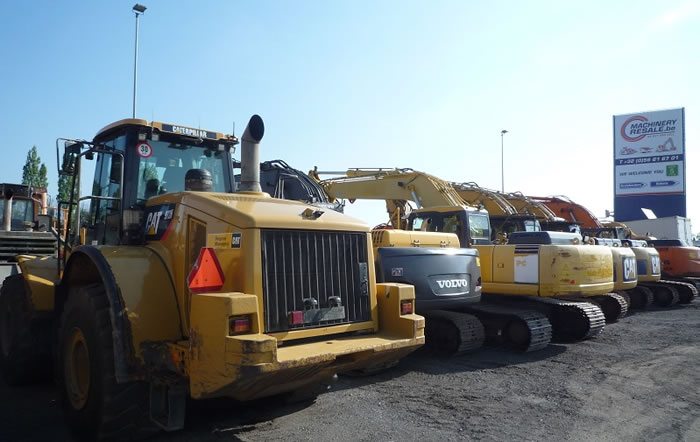Like any other machine, heavy construction vehicles and equipment require repairs every once in a while. Although these mechanical monsters can survive in just about any condition, they still need regular touch-ups by your maintenance team. Depending on how you treat them, these vehicles can remain operational for quite some time, providing continuous value to your brand business.
“Perhaps the best way of maintaining your fleet is by purchasing parts from reputable suppliers,” suggests IPD, a renowned global manufacturer. However, the company warns that good parts can only get you so far; you also need to implement proper maintenance policies that will ensure the longevity of your vehicles.
In this article, we’ll share some incredible tips to help with maintenance of heavy-duty vehicles. The great thing about these tricks is that you don’t need to invest much money to implement them, nor do you have to change your daily routine significantly.
1. Create a Budget
Maintenance of heavy-duty vehicles always starts with budgeting. Most companies make the mistake of overlooking continuous expenses that come with new parts and repairs, so when the time comes to cover these costs, they don’t have the necessary money.
The best way to overcome this issue is by predicting the depreciation of your assets and by setting aside some resources for the future. By understanding how long your vehicles will last, you can predict their breakdowns and react to them accordingly. Ideally, you should also have spare parts on hand to respond when necessary.
Predicting your future needs and reacting on time will save you a lot of money over the years. The last thing you want to do is wait until the motor or some other part completely breaks down.
2. Assess Maintenance Costs
Another important thing you need to do is analyze maintenance costs for each piece of equipment. Keep in mind that every piece of hardware comes with a guideline manual or an administrator book that would help you understand more about the repair process and potential expenses.
Most importantly, the manuals commonly include a list of suggestions for the parts and how often you would have to change them. It’s vital to read these guides in advance as they will ensure the smooth operation of your heavy-duty vehicles. Their primary focus is on prolonging the machine’s longevity so you can use it as a blueprint for your maintenance procedures.
3. Create Guidelines
Companies should always create a set of rules and guidelines to help out the maintenance team. Guidelines are especially vital for larger businesses that employ numerous repairmen and have lots of hardware. That way, there isn’t overlapping between procedures, and other team members will always be able to track what other people did.
Besides keeping your fleet in tip-top shape, these guidelines also increase the potential resale value of the vehicles. The rules should also account for terrain and environmental conditions in your region. It’s worth mentioning that each piece of equipment should have a separate set of rules to ensure the highest possible utilization.
A good rule of thumb in this case, like in many others, is relying on manufacturers’ instructions.
4. Avoid Risks
Although these magnificent machines are resilient, that doesn’t mean we should push them over the limit. Users should abide by safety guidelines and other best practices to avoid hardware deterioration. Even if it disrupts your daily operations, you should never push the vehicles beyond their capabilities.
5. Create Maintenance Routine
Companies should assign maintenance roles and supervisors for every vehicle and fleet as a whole. There should also be a weekly and monthly routine that would determine who will take care of the equipment and on which date. This is the best way to reduce unexpected breakdowns, helping you detect issues before they escalate.
If you detect a problem on time, it’s much easier to address it with minimal resources. That way, your company can continue working as if nothing happened. In comparison, negligence can not only increase repair costs but will also affect your ability to perform daily operations.
6. Coordinate with the Equipment Dealer
Most dealers have service programs that allow you to outsource and streamline all your maintenance needs. Given that these guys know everything there is about the equipment, you can rest assured that the service will be top-notch. Dealers also use the right parts for each vehicle, ensuring they keep on trucking well after repairs.
Some long-term plans might even be cheaper than hiring an in-house maintenance team. Providers are generally flexible regarding their plans, ensuring you get the right service according to your specific business needs.
Conclusion
Regular, meticulous maintenance of heavy-duty vehicles is the best way to prolong the lifetime of your heavy-duty vehicles. In the end, detecting an issue early on will help you fix the problem before a major breakdown, which could cost you thousands of dollars.
We always suggest you create a schedule and maintenance policies that will guide your team’s hand during the process. Partnering with external providers might also be a good solution if you don’t want to deal with constant repairs.

